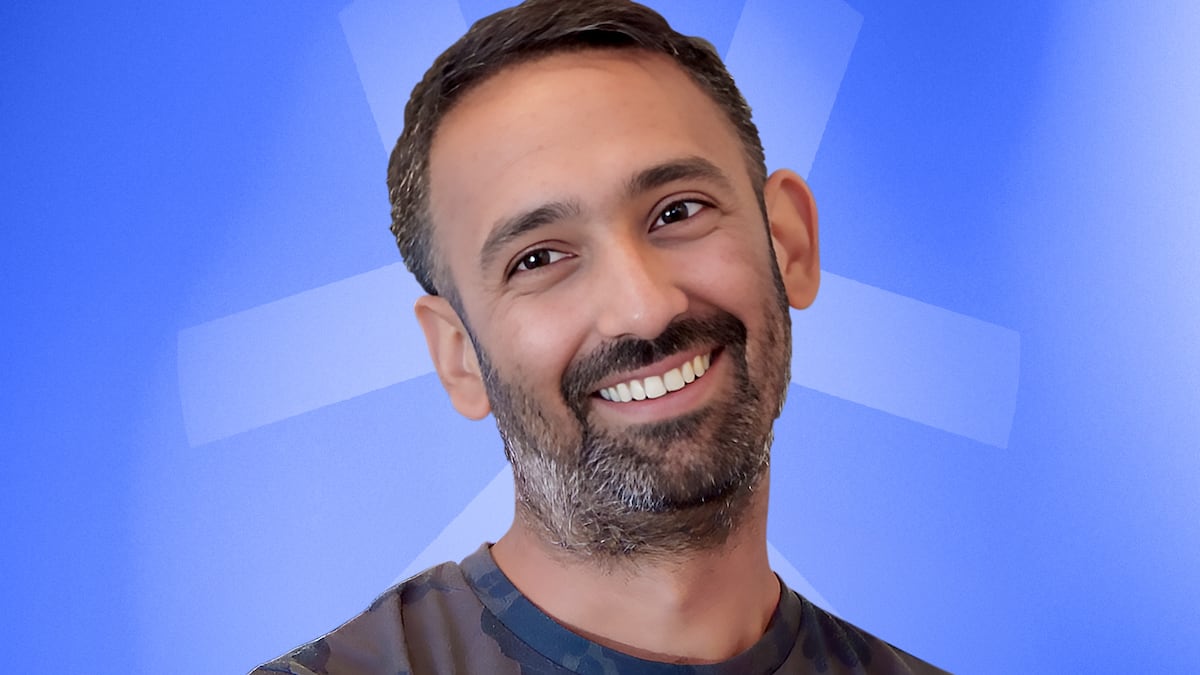Inder is VP of Product at D3, bringing over two decades of technology leadership and entrepreneurial experience to the role. His career spans notable companies including Criteo and Tapjoy, and he previously served as CTO of Ant Money and ATM.com. Throughout his career, he has built and founded multiple companies across data, fintech, and crypto sectors.
Tokenised domain names might sound niche, but D3 founder Inder Singh sees them as one of the most natural real-world assets to bring onchain.
“Everyone knows there’s a non-zero value to a domain,” he told DL Research. “It’s the first thing you get when you start a company or launch a project. Our goal is to let people extract that value, monetise it, and build on it, all while keeping it in sync with the existing web2 system.”
The D3 protocol lets users send and receive domains onchain while ensuring ownership stays linked to registrars like GoDaddy or Namecheap.
That compatibility, Singh said, is key to unlocking a wider set of use cases across trading, collateralisation, and DeFi integrations.
“The domain industry is already a $360 billion market,” he added. “If we can bring that onchain and make it programmable, there’s no reason it couldn’t grow to $1 trillion.”
More secure, more programmable
Domains have long been bought and sold, but Singh says web3 brings programmability that wasn’t possible before.
“Today, it’s annoying to buy or sell a domain,” he said. “But once you get a spot trading market going, you can build on top of that. It would enable lending, leasing, fractional ownership, even REIT-style baskets.”
Singh pointed to potential features like programmatic DNS access, automated SSL renewals, and trustless payments, all of which can reduce front-end risks and spoofing.
“You’d never doubt where you’re going when you type Amazon.com,” he said. “Now imagine you could send money to Amazon.com, and look up the DNS to confirm where the funds should go. That level of security should extend to crypto.”
He sees this blend of functionality and trust as essential for expanding use cases.
“There shouldn’t be a web2 domain or a web3 domain,” Singh said. “There should just be a domain that works in both worlds.”
A home for builders
To support use cases beyond trading, Singh says D3 is focused on empowering developers with tools and support.
“Our job is to build the protocol,” he said. “The most creative apps will come from the community.”
D3 recently launched Forge, a builder program designed to give developers both technical resources and hands-on help. It includes smart contract SDKs for order books and fractionalisation, access to design and engineering support, and even grants.
“We’ve had over 300 builders apply already,” Singh said. “And we haven’t even begun to scratch the surface.”
But Singh says it’s more than just funding. The D3 team draws on decades of experience in the traditional domain industry to provide builders with a list of pre-vetted ideas, complete with suggested use cases and business plans.
“These are problems we’ve seen firsthand,” he said. “We start with the ‘why,’ outline the pain points, and then give builders the tools to go solve them.”
Bridging compliance and decentralisation
One of D3’s core strengths, Singh says, is its native integration with the web2 domain name system (DNS). Rather than bypassing traditional structures, the protocol is built to work within them, including adhering to ICANN’s global standards.
“Everything we do is DNS-compliant,” he said. “That means registrars, registries, and users are all protected by the same rules that govern web2 domains today.”
D3 has built dispute resolution mechanisms like UDRP directly into the protocol. According to Singh, this allows developers to focus on building while the underlying system handles regulatory requirements behind the scenes.
The team worked directly with web2 partners to co-design the framework, a process Singh says took time and care but was essential for long-term trust.
“We sat down with customers, walked through their needs and ours, and made sure the protocol worked for both sides,” he said. “We’re proud of what we’ve built.”
Fractionalisation could unlock massive market growth
D3 isn’t just focused on domain ownership, it wants to turn domains into a usable, liquid asset class for DeFi. That means building infrastructure to support lending, leasing, and especially fractional ownership.
“We’ve had people trying to fractionalise domains in web2 for years,” Singh said. “But it’s clunky. Onchain, we can finally do it right.”
He sees fractionalisation as key to opening the market beyond elite buyers of million-dollar domains. “If you could buy into a premium domain for ten dollars or ten thousand, suddenly the pool of potential investors expands dramatically.”
Singh estimates the domain industry is already worth around $360 billion. It’s a figure he believes could triple once these assets become fully tradable onchain.
“There’s no real-time trading, no DeFi, no innovation in the current system,” he said. “Crypto will be that step-function upgrade.”


